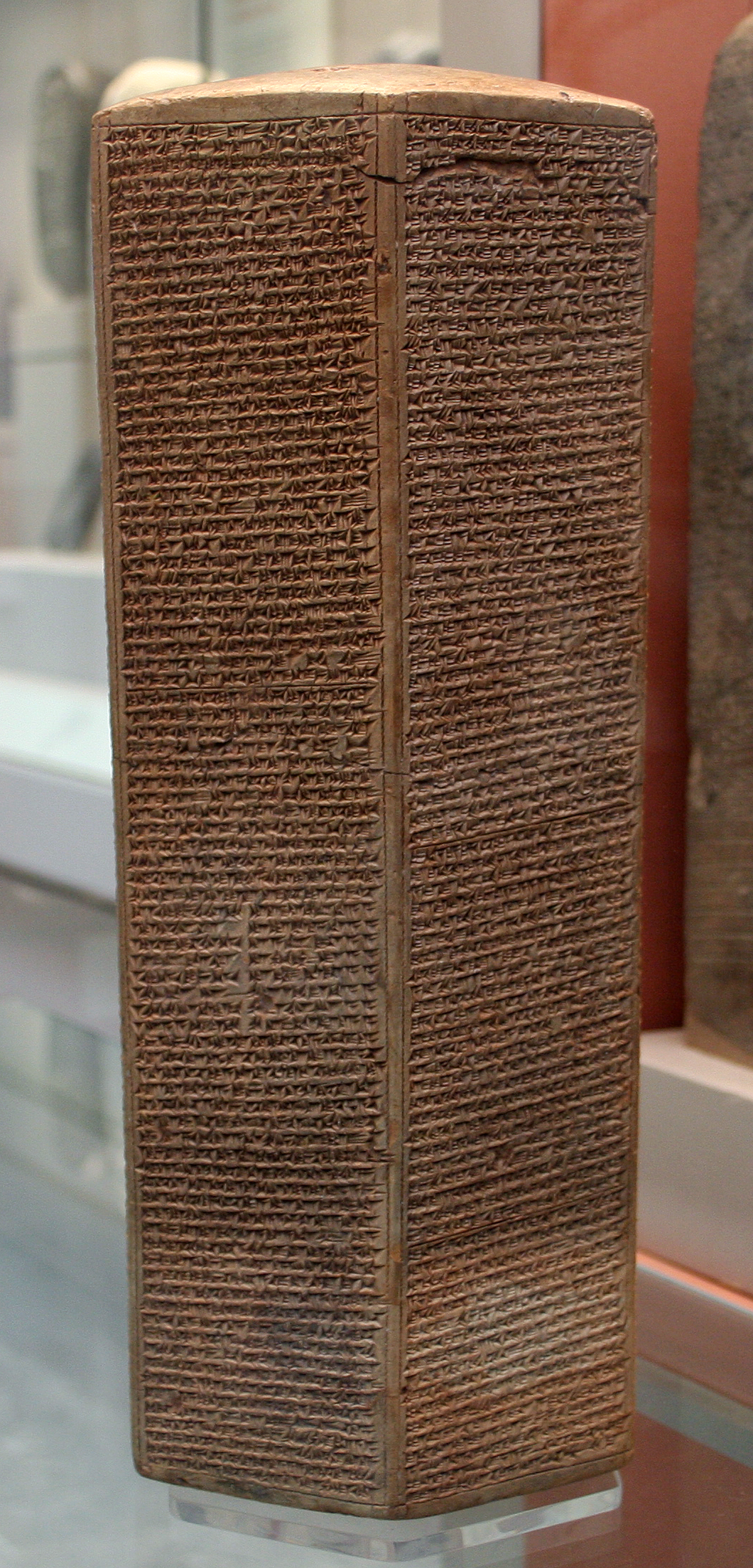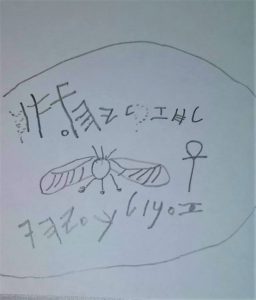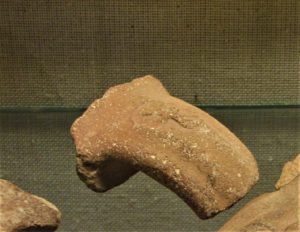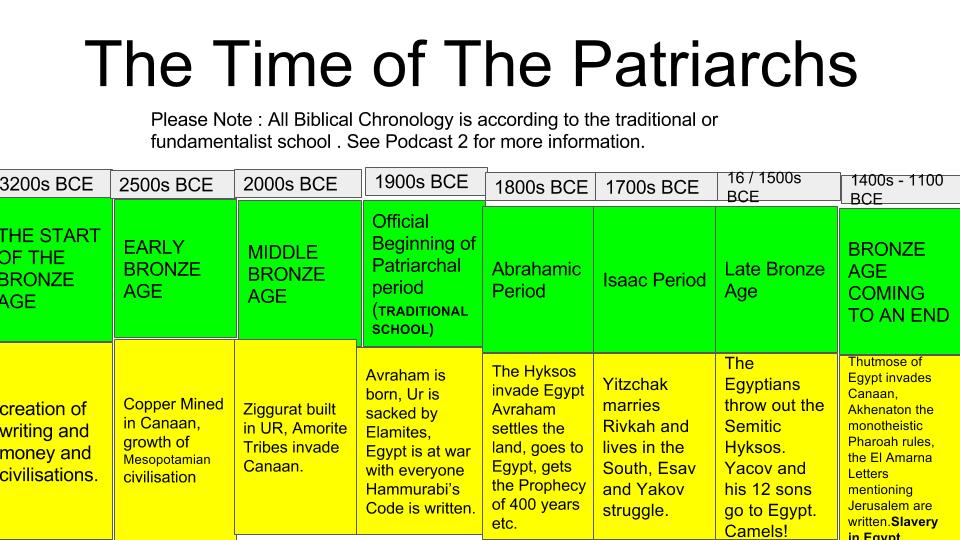If you’ve been following my podcasts recently you might know that I’ve been talking mainly about King Hezekiah and his son Menashe of Judah. Hezekiah lived around the same time as the Assyrian Emperor Sennacharib 705-681 BCE. There is a clay prism in the British Museum which chronicles Sennacharib’s life. It mentions Hezekiah too. It describes Sennacharib’s conquest of Judea and siege of Jerusalem.
(If you are looking for the podcasts scroll to the bottom of the page)

The Taylor Prism viewable in the British Museum
The British Museum used to have a complete transcript available online. It got removed, I will update this page with any further resources.
In addition to the Prism there is also a display in the British Museum of a wall frieze of the siege of Lachish, a town in the foothills of Judea. This siege is both mentioned on the Prism depicted above and the Bible, namely in the book of Kings (II Kings 18) and Chronicles (II Chronicles 32).
The Frieze includes:
A depiction of Sennacharib sitting on his throne at the gates to the city:

Source : Wikimedia Author : User:oncenawhile
Depictions of the battle:

Photograph by Mike Peel (www.mikepeel.net)
And, as mentioned in the podcast the capture and punishment of enemies, possibly a cruxifiction, possibly a flaying, what do you think?

Source: Wikimedia Author: Zunkir
Fairly recently an archaeologist called Eilat Mazar found an official Bullae or clay stamp of Hezekiah in an archaeological park called the City of David. I have also sketched my observation of the stamp. Note that the lettering is “Proto – Canaanite script and the “logo” of Hezekiah is a sun with wings and an Ankh.
If you listen to the podcasts posted at the bottom you will hear that this is part of the evidence confirming both Hezekiah (podcast 8) and Menashe (Podcast 9) as historical actors.

Source: Wikimedia Author: Rubén Betanzo S.
Similar “logos” were found on numerous jug handles from the same era possibly for the collection of money or produce for the King, in fact “for the King” was written on many such handles.
In addition to this we have a 533m long tunnel outside the Old City of Jerusalem amongst other building projects that as you will hear in podcast 8 Hezekiah and later Menashe (Podcast 9) build structures that include the tunnel depicted below.
On Tour at Hezekiah’s tunnel, City of David
Podcast 8 : Hezekiah
Podcast 9 : Menashe
As of March 25th 2020 I have been furloughed from all tourism related work, due to COVID-19 all tourist flights have stopped.
If you want to help: please share this article.
In order to produce more articles and podcasts I need to pay bills, contributions will be happily recieved by clicking on the coffee mug below.




